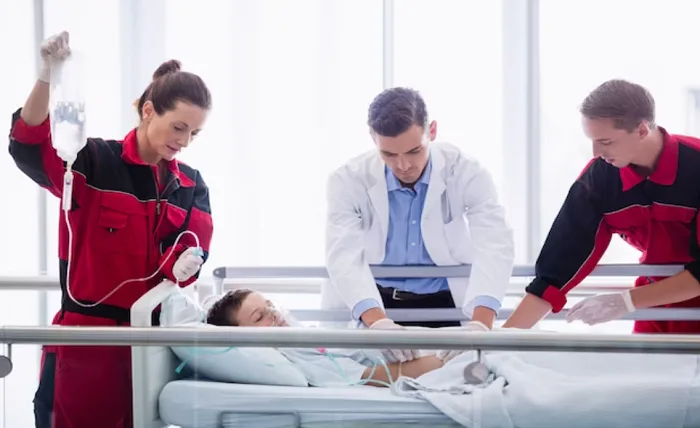In the modern workplace, ensuring the safety and well-being of employees is of paramount importance. Accidents and medical situations can happen at any time. Having trained staff on hand who can help right away with first aid and CPR (cardiopulmonary resuscitation) can mean the difference between life and death. Getting the right training and being ready is very important when it comes to first aid and CPR in the workplace. This piece will talk about the legal standards and best practices.
Legal Requirements for Workplace First Aid and CPR
There is a law that says companies have to make sure their workplaces are safe and healthy for their workers. Part of this obligation includes being prepared for medical emergencies. Here are the key legal requirements related to first aid and CPR in the workplace:
Occupational Health and Safety (OHS) Regulations: OHS regulations vary by jurisdiction, but they universally emphasize the need for workplaces to have first aid provisions. This means having a first aid kit with lots of supplies, first aid sites that are easy to get to, and people who know how to do first aid and CPR.
Specific Industry Regulations: Some industries, such as construction, healthcare, and manufacturing, have additional requirements for first aid and CPR due to the higher risk of accidents and injuries. Employers in these sectors often need to provide more extensive training and resources.
AED (Automated External Defibrillator) Requirements: In many places, AEDs are required in workplaces, especially those with a high risk of cardiac arrest incidents. These devices can significantly improve survival rates, and laws often dictate their presence and accessibility.
Best Practices for Workplace First Aid and CPR
Meeting the legal requirements is just the beginning when it comes to ensuring the safety of employees. Employers should also embrace best practices to create a truly safe and prepared workplace:
Identify Workplace Hazards: Conduct a thorough risk assessment to identify potential workplace hazards and the associated medical risks. Knowing the specific risks in your workplace will help tailor your first aid and CPR training and resources accordingly.
Designate First Aid Responders: Select employees to be designated first aid responders. These individuals should receive comprehensive training in first aid and CPR. It’s essential to have an adequate number of responders based on the size and nature of your workforce.
Maintain Well-Stocked First Aid Kits: Regularly check and restock first aid kits. Make sure they contain all necessary supplies, including bandages, antiseptics, scissors, and CPR face shields. The presence of a CPR face shield is essential for providing CPR first aid safely.
Training and Certification: Ensure that designated first aid responders receive up-to-date training and certification in first aid and CPR. Basic first aid, CPR for adults, children, and babies, as well as how to use an AED, should all be covered in training.
Regular Drills and Simulation: Conduct regular drills and simulations to test the readiness of your first aid responders. Practice scenarios such as responding to cardiac arrest, choking incidents, and workplace injuries. This helps responders stay prepared and confident.
AED Accessibility: If AEDs are required or recommended in your workplace, ensure they are strategically placed for easy accessibility. Staff should be aware of their locations, and the devices should be regularly maintained and tested.
Documentation: Maintain records of first aid and CPR training, drills, and any medical incidents that occur in the workplace. Documentation helps in compliance with legal requirements and can also be beneficial for post-incident analysis and improvement.
Promote a Culture of Safety: Get your workers to do their part to keep the workplace safe. Make sure that everyone on the staff knows how to do CPR and first aid. It’s not just the authorized rescuers who should know.
Conclusion
In the workplace, first aid and CPR are not just recommended practices; they are legal requirements aimed at safeguarding the health and lives of employees. Compliance with these requirements is essential, but it is equally important to go beyond compliance by embracing best practices. A well-prepared workplace that prioritizes first aid and CPR training maintains adequate supplies, and fosters a culture of safety is not only legally compliant but also better equipped to handle medical emergencies effectively. Giving your workers the right first aid and CPR training can save lives, make the workplace safer, and make people more effective.
Remember that CPR and first aid are not just trendy words; they are very important skills that can make a big difference in a medical situation. If you put them first in your workplace, you’ll be taking a big step toward making sure the health and safety of both your workers and guests.



